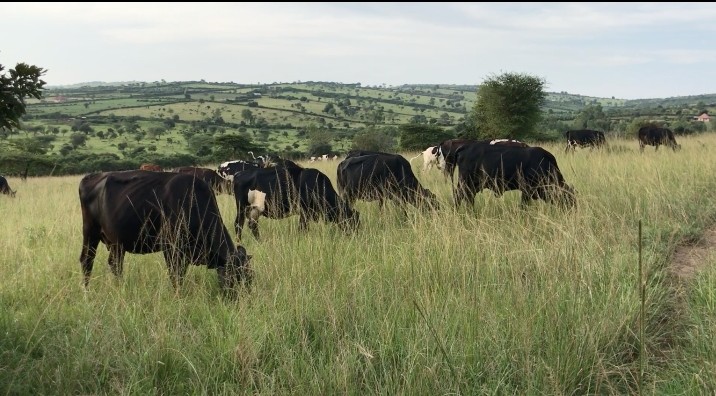Eastern: Cattle keepers near Akagera National Park urge government for support
Cattle herders in Rwanda’s Eastern Province, especially those living near Akagera National Park, are calling on livestock authorities to provide effective medicine and traps to combat the persistent threat of tsetse flies, which are decimating their livestock.
Herders, particularly in the Mwiri area, report being deeply concerned about the devastation caused by tsetse flies, which bite their cattle, transmit diseases, and often result in death. Despite their efforts to use various treatments, the problem persists.
“These tsetse flies, mainly from the park, bite our cattle and infect them with diseases. We’ve tried using different chemicals like Samurini and other sprays, but they seem ineffective. The flies mutate, making them harder to control. While local breeds show some resistance, exotic breeds die almost immediately,” one herder lamented.
Another herder added, “We’ve tried all the available medicines, but the tsetse flies keep coming back, and the cattle continue to die. Even veterinary-approved sprays only worked temporarily before the flies adapted. Our cattle fall ill, collapse, and eventually die, leaving us without any solution.”
Jean Claude Ndorimana, Director General in the Ministry of Agriculture and Animal Resources responsible for livestock development, acknowledged the issue and outlined ongoing efforts to address it.
“There are traps available on the market that herders can use, and these traps are effective in reducing tsetse fly populations. Additionally, there are treatments produced locally by SOPYRWA, specializing in pyrethrum-based products, which are effective against ticks and tsetse flies,” he explained.
He further noted, “Veterinarians are trained to diagnose diseases caused by tsetse flies, such as trypanosomiasis. There’s a specific drug called ‘Merinire’ that can be used to treat cattle infected with this disease.”
A 2022 survey conducted by the Ministry of Agriculture and Animal Resources revealed that over 81% of the cattle in Nyagatare District are dairy cows, compared to 82% in Rubavu District. However, Kayonza District has the lowest percentage of dairy cows at 51%, primarily due to its proximity to Akagera National Park, where farmers mostly rear bulls.
The Ministry continues to encourage cattle keepers to adopt modern practices, such as keeping livestock in enclosed kraals, to minimize exposure to diseases. Nyagatare, Gatsibo, Kayonza, and Kirehe are among the districts most affected by the tsetse fly challenge.

